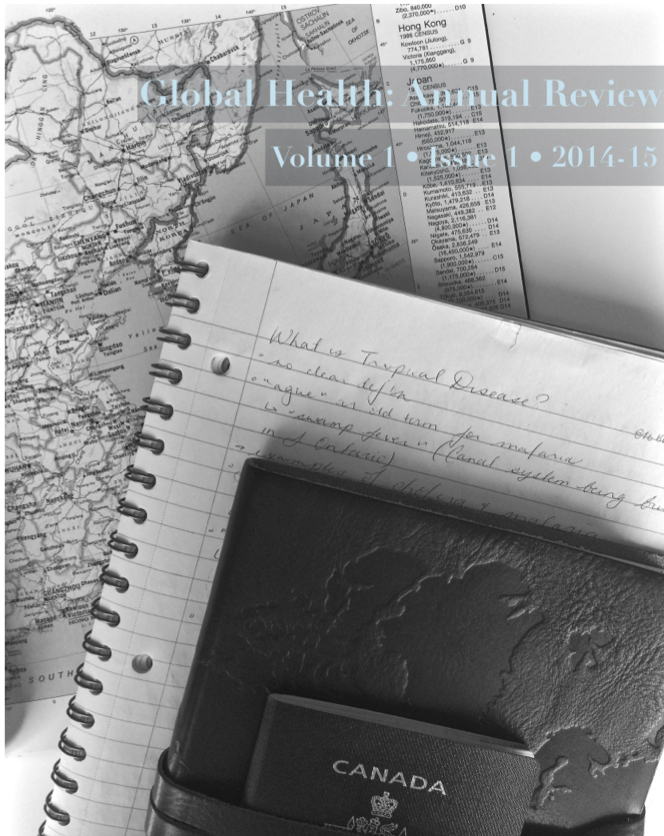Using letter grades as descriptors on visual analogue scales evaluating mobility devices in low- and middle-income countries
Résumé
The World Health Organization estimates that over one billion people, approximately 15% of the world’s population, have a disability necessitating a mobility device, of whom eighty percent live in low-income countries (1). In low- and middle-income countries (LMIC), provision and/or funding of mobility devices is complicated by the lack of government regulations, limited resources, increased environmental challenges, and inaccessible infrastructure (2). The high demand for mobility devices puts pressure on the providers to produce low-cost devices (3). To aid in the attempt to balance quality and cost, organizations funding, manufacturing or purchasing mobility devices request anecdotal user feedback via patient reported outcome measures (PROM) to enable more effective use of limited funds (4).
The purpose of this study is to validate Rispin and team’s novel addition of letter grades as descriptors to visual analogue scales (VAS) used within questionnaires evaluating mobility devices. The hypothesis was that school grades would be a valid and reliable universal descriptor that would enable clinicians in LMICs to share information with manufacturers in a more meaningful way.
Rispin and team conducted three studies in Kenya with three questionnaires using grades as VAS descriptors: the Lower Limb Function Questionnaire (LLFQ), Aspects of Wheelchair Mobility Test (AWMT), and Wheelchair Components Questionnaire for Condition (WCQc). In a retrospective analysis, applicable data from each study were extracted to assess the reliability and validity of this scaling format using intra-class correlation coefficients (ICC) and t-tests respectively.
The VAS with grades demonstrated acceptable test-retest reliability for the LLFQ (ICC=0.74), and excellent intra-rater reliability for the WCQc (ICC=0.86). Concurrent validity was strong in evaluation of grade versus numerical scores in the LLFQ (r= 0.90, p<0.0001). The AWMT discriminated between ground conditions (mobility on rough versus smooth terrain) in the Motivation wheelchair (t(32)= 2.68, p=0.01) and Whirlwind wheelchair (t(32)= 4.14, p=0.0002), and between the two chairs with the Motivation showing greater maneuverability (t(32)= 3.19, p=0.003). In conclusion, the use of grades as descriptors on a VAS was a reliable and valid format in these test conditions, and has crucial applicability for rehabilitation strategies in LMIC.
Références
1. Organization W. World Report on Disability 2011. Geneva: World Health Organization; 2011.
2. Shore S, Juillerat S. The impact of a low cost wheelchair on the quality of life of the disabled in the developing world. Med Sci Monit. 2012;18(9):CR533-CR542.
3. Rispin K, Wee J. Comparison between performances of three types of manual wheelchairs often distributed in low-resource settings. Disability and Rehabilitation: Assistive Technology. 2015; 10(4):316-322.
4. Pearlman J, Cooper R, Krizack M, Lindsley A, Wu Y, Reisinger K et al. Lower-limb prostheses and wheelchairs in low-income countries [An Overview]. IEEE Eng Med Biol Mag. 2008; 27(2):12-22.


